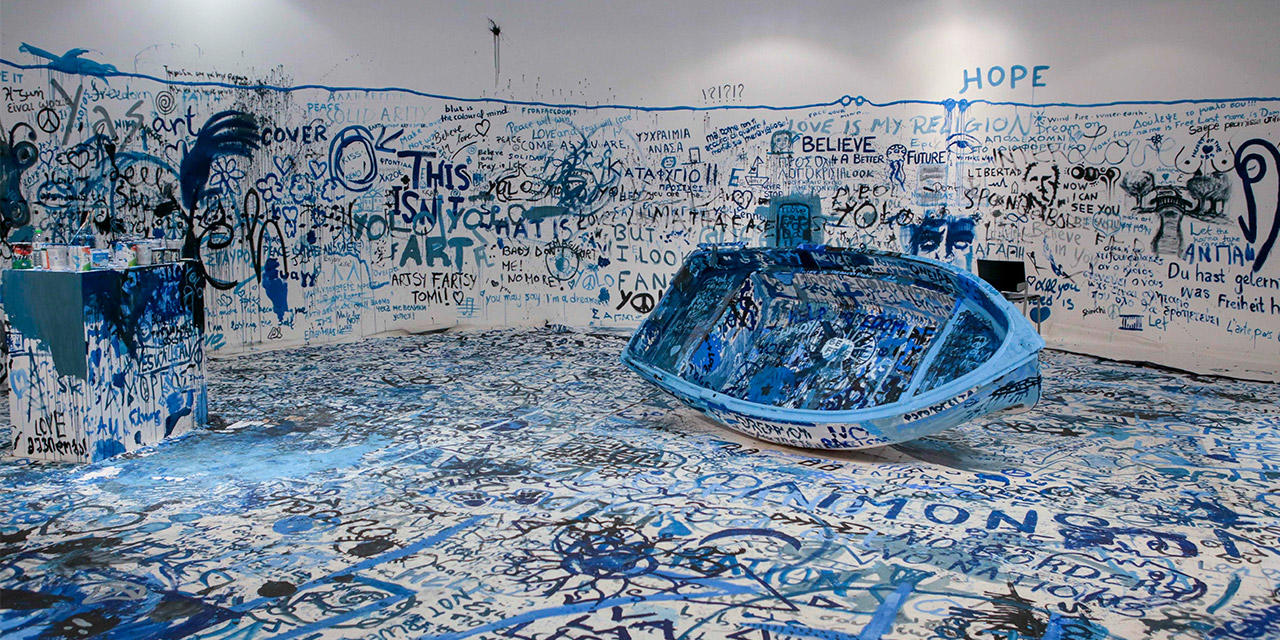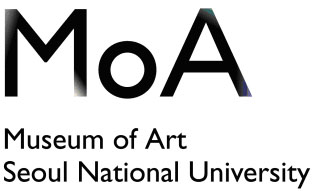Disaster exhibitions (General)

Here an overview on art exhibitions that have “disaster” as their main concept. They are mostly general or geographical; the focus is placed on local and historic disasters.
“ART OF DISASTER”
October 8, 2016 – April 23, 2017
Flood, fire, earthquake, drought…few things capture the collective imagination more than the subject of disaster. This exhibition, drawn primarily from the Farnsworth collection, explores the universal world of natural and human-originated disasters. Works by Washington Allston, Leonard Baskin, Harrison Bird Brown, Augustus Buhler, Jonathan Fisher, Winslow Homer, James Hope, Waldo Peirce, N.C. and Andrew Wyeth may be included. They depict a host of disasters: drowning, floods, fire, hurricanes, shipwrecks and war; the calamity of the aftermath: harrowing rescues, disease, death and destruction; and the cleanup that ensued.
Disaster
2019. 06. 04 – 2019. 08. 18

Typhoons, earthquakes, tsunamis, floods, planetary collision, unceasing warfare in corners of the world, massacre and terrorism, conflicts and tension between states, social and environmental issues, pollution and infection, unpredictable events and accidents – all of these are disasters that have a devastating effect on human life. We grow incapable of feeling the magnitude of an event in its entirety as we become exhausted by the deluge of the negative news. All this points to the “disaster fatigue,” a weariness that keeps us from emotionally connecting to things that are well worthy of our empathy. This might be yet another tragedy created by disasters in the age of information overload.
This exhibition is, therefore, an exploration of how artists make sense of, respond to, and portray these traumatic events. The artists featured in this exhibition intentionally magnify the unspeakable emotional burden, observe the tragedy with a calm and distanced gaze, engage in chilly, cynicism-laden critique, invite the viewer to revisit the old object from a new standard, and negate the object in a playful way. We hope that it contributes to creating a healthier society, where we can tune in to the suffering and tragedy of the others, and take real actions to heal the wounds.
Media: Around 60 works including paintings, photographs, videos
Artists: Ko Young Mee, Noh Suntag, Min Yu Jeong, Park Kyung Jin, Song Jin-Hee, Lee Boram, Chang Woojin, Cho Kyung Ran, Ha Tae-Bum
Catastrophe and the Power of Art
2018.10.6 [Sat] – 2019.1.20 [Sun]
Recent decades have seen a stream of catastrophes around the world – from 9.11 in 2001 to the global financial crisis of 2008, the Great East Japan Earthquake in 2011, and the list goes on – and many artists have produced works dealing with these tragic events, in an endeavor to inform the wider world of them, and ensure their stories are passed down to future generations. Unlike media coverage, with its emphasis on objectivity, such documenting from a personal perspective presents to us another kind of truth, difficult to discern in the shadow of numerically overwhelming public opinion. Such works may also be designed to expose contradictions and cover-ups in wider society, or express personal loss and grief.
Catastrophe and crisis can drive us to despair, yet it is also true that the energy released as we try to recover can simultaneously spark imagination, and boost creative output. The large cohort of artists from Japan and elsewhere is working for a better society since the 2011 earthquake; attempting to offer new visions, depicting ideals and hopes encompassing wishes for reconstruction and rebirth.
“Catastrophe and the Power of Art” will look at how art deals with the major catastrophes that strike communities, as well as personal tragedies, and the role art can play in our recovery; contemplating – amid today’s mounting crises of war, terrorism, burgeoning refugee numbers, and destruction of the environment – the dynamic “power of art” to turn negative into positive.
References
NATURE UNLEASHED

Review
3.5 SQUARE METERS:
CONSTRUCTIVE RESPONSES
TO NATURAL DISASTERS
March 23 – September 9, 2017
Tel Aviv Museum of Art’s Design and Architecture Department has devoted the past year to researching and planning the exhibition 3.5 Square Meters: Constructive Responses to Natural Disasters. This exhibition examines how communities and individuals worldwide prepare for natural disasters and mobilize in their immediate aftermath. Local and international humanitarian organizations offer rapid responses to such events. Yet alongside praise for the support and immediate assistance they provide, critiques of such humanitarian operations note the problematic aspects of responses that are not always compatible with the needs of a specific population. Bottom-up approaches complement such traditional top-down responses by carefully addressing conditions in the field and the particular needs of local communities.
The exhibition design, which caters to the unique range of exhibits and modes of display, was designed with Studio de Lange – Chanan de Lange and Yulia Lipkin. It is based on recycled materials gathered from former museum exhibitions, and organized into a series of environments reflective of the research project’s four overarching themes.
LE TEMPS DE LA FIN, ESPACE D’ART CONTEMPORAIN LA TÔLERIE, CLERMONT-FERRAND
21/11/2009 – 07/02/2010

“Gagner le combat qui oppose temps de la fin et fin des temps est la tâche qui nous est proposée aujourd’hui“ écrivait Günther Anders, en 1960 dans Le temps de la fin. Cet hiver se tient le sommet de Copenhague où la communauté internationale tentera de trouver un accord global pour lutter contre les conséquences désastreuses de nos systèmes de producton et de consommation sur le climat. De la disparition des distances spatiales et temporelles à notre pouvoir manisfeste de destruction à grande échelle (déclenchement de cataclysmes, risque industriel, armes atomiques), en passant par la réduction et la dégradation de nos ressources (matières premières, diversité biologique, pollution), la perspective de l’avènement de la catastrophe dans un monde fini constitue le nouveau paradigme par lequel nous devons reconsidérer notre rapport au monde. L’époque est à la gestion du risque et à la mise en place de stratégies de défense et de résilience…
RÉSILIENCE, ESPACE D’ART CONTEMPORAIN LA TÔLERIE, CLERMONT-FERRAND
21/05/2010 – 05/09/2010

Citer ce billet
David Jurado (2019, 5 août). Disaster exhibitions (General). Face à la catastrophe . Consulté le 16 avril 2024, à l’adresse https://doi.org/10.58079/mb15






